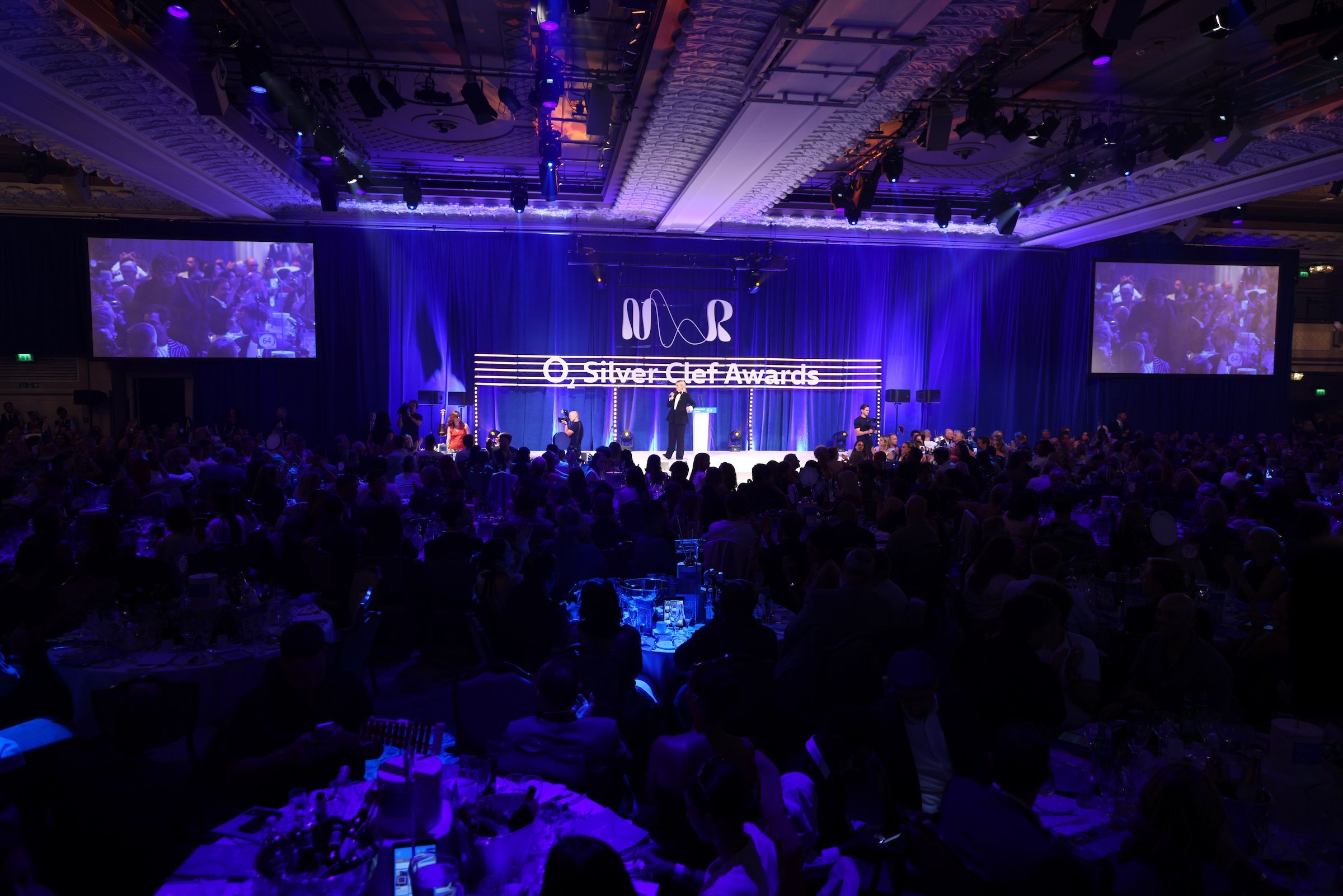When a solution or substance is heated, most of it vaporizes. These substances will give off light and have a corresponding wavelength to an element. Hence, it’s feasible to ascertain the elemental composition of a substance and know how densely concentrated it is with each element. That’s where Atomic Absorption Spectroscopy comes in.
Atomic Absorption Spectroscopy Explained
Atomic Absorption Spectroscopy, or AAS, is a scientific method to quickly analyze trace metals in substances or solutions. Gustav Kirchhoff and Robert Bunsen used this method in 1859 to identify specific atoms in flames and gasses back in 1859.
Over 65 element concentrations can be determined with AAS. Also, the method enables rapid sample throughput. Some instruments used in AAS are an atomizer, a spectrometer, and a radiation source.
Applications
Atomic Absorption Spectroscopy has a wide scope of applications. For instance, pharmaceutical companies use AAS to detect trace metals during formulation development, catalyst efficiency, and dosage limits. Forensics use it to check specimens from a crime scene. Other notable applications are agriculture, food and beverage, and mining.
Types
Agilent absorption spectroscopy introduced Atomic Absorption Spectroscopy with two main types.
The first one is Flame Atomic Absorption Spectroscopy or FAAS. It’s used to estimate the concentration of metals in the parts per million (ppm) or parts per billion (ppb) levels.
The second one is GFAAS which stands for Graphite Furnace Atomic Absorption Spectroscopy. GFAAS is much more sensitive and used for detecting metals at very low concentrations (>1 ppb) in small sample volumes.
Why is Atomic Absorption Spectroscopy Better?
Why use AAS? As an analytical method, Atomic Absorption Spectroscopy has the following benefits:
1. Produces Accurate Results
AAS is a fantastic approach for generating accurate findings. The results are typically at a rate of 0.5–5%, or even better if suitable standards are applied.
2. Highly Sensitive Method
Atomic Absorption Spectroscopy is very sensitive when quantifying a substance’s concentration. The method can go down by parts per billion of a gram. As a result, it has transformed how specific procedures are carried out in various disciplines. AAS can be used to discover trace elements we were previously ignorant of, such as cobalt or molybdenum, in soil.
3. Has Lower Costs
AAS doesn’t use Argon, which costs between $200 to $600. Eliminating this element makes the method more budget-friendly.
4. High Accessibility
The AAS method is a great tool for penetrating hard-to-reach places due to its reliance on radiation and light absorption. Miners can now use AAS to determine if a rock has enough gold or other precious metal components. Thus, reducing excavation time and cost by pinpointing areas with a high density of precious metals.
Using Atomic Absorption Spectroscopy with Confidence
Atomic Absorption Spectroscopy is a reasonably priced analytical method that offers accurate and precise results. AAS has countless applications and is still a popular quick trace elements analysis option. That’s why it’s a popular industry choice and found a home in academic and commercial laboratories.
Reference:
https://www.shsu.edu/~chm_tgc/primers/AAS.html
https://web.nmsu.edu/~esevosti/report.htm
https://www.scimed.co.uk/education/what-is-atomic-absorption-spectroscopy-aas/
https://www.quora.com/What-are-the-benefits-of-atomic-absorption-spectroscopy





